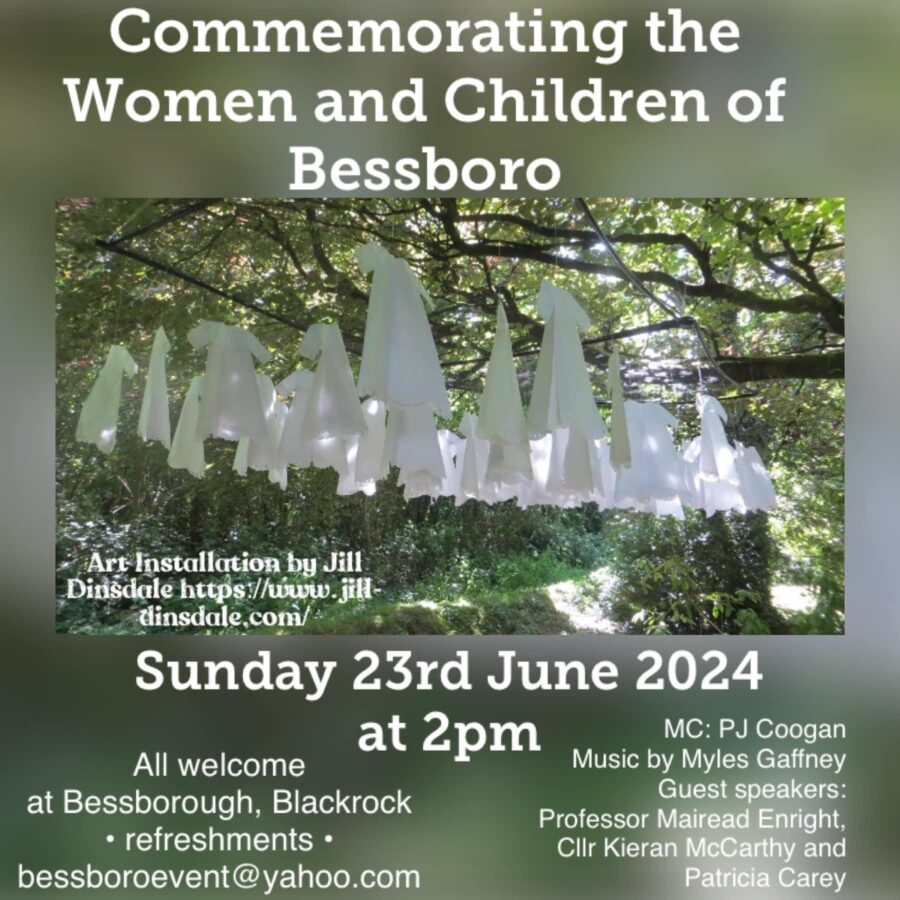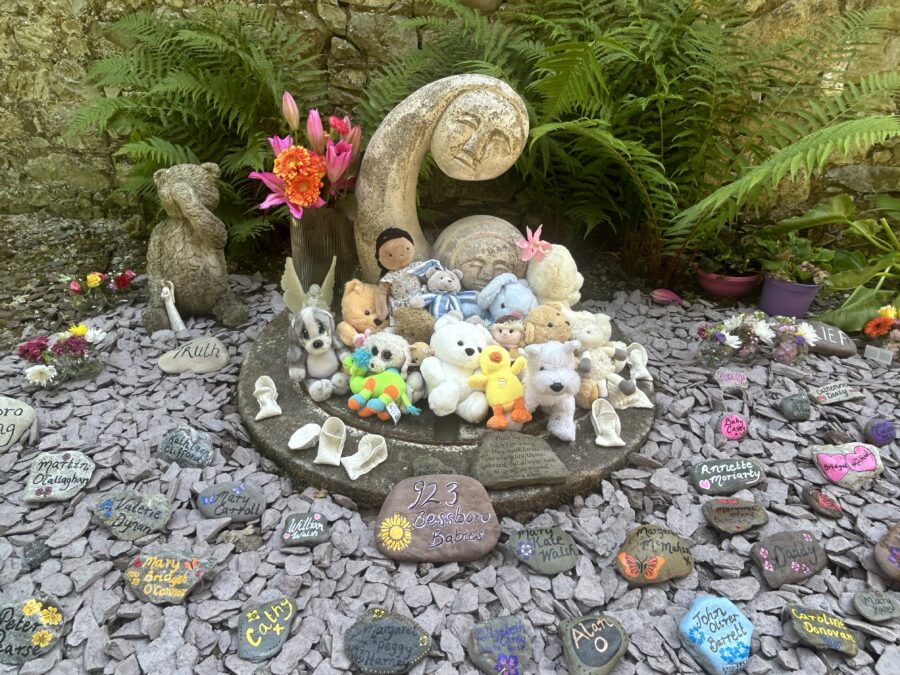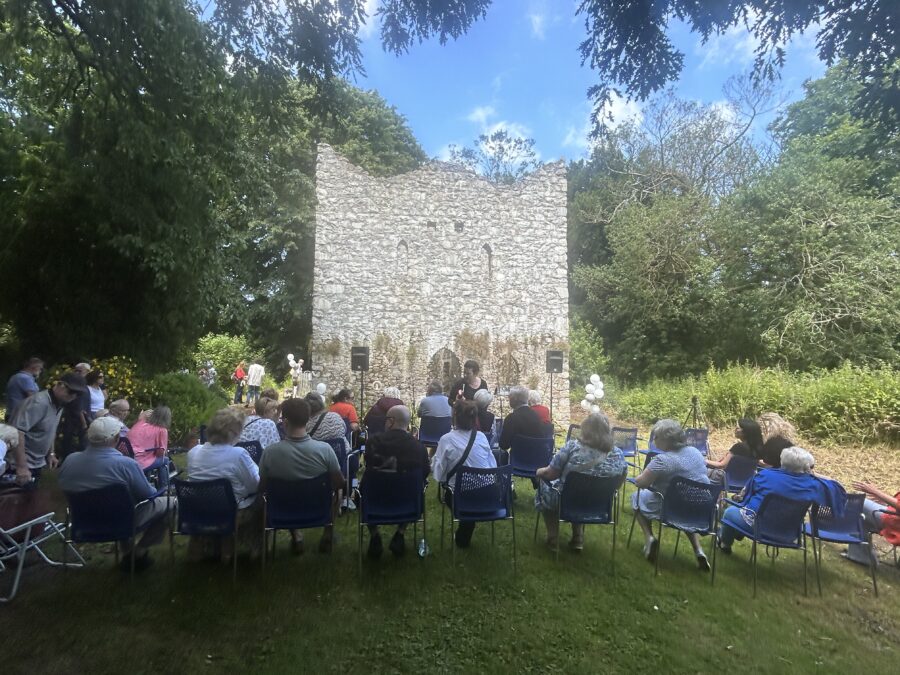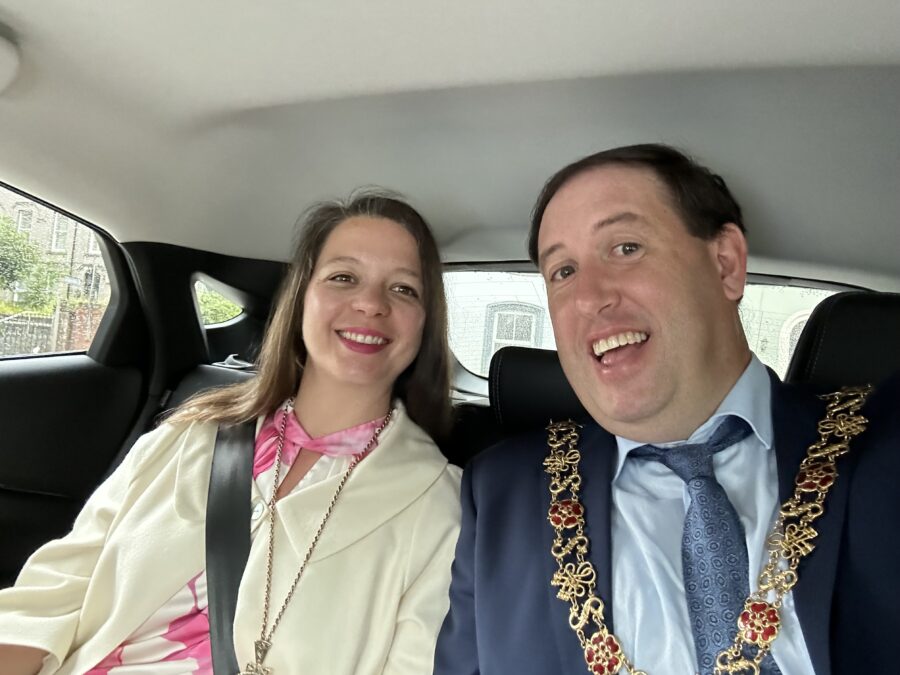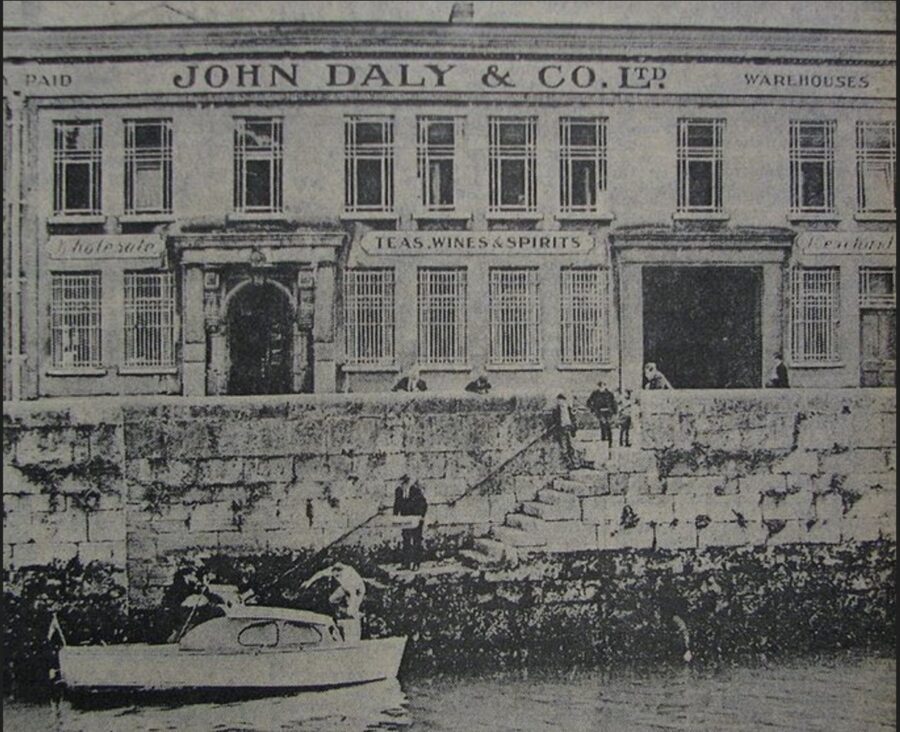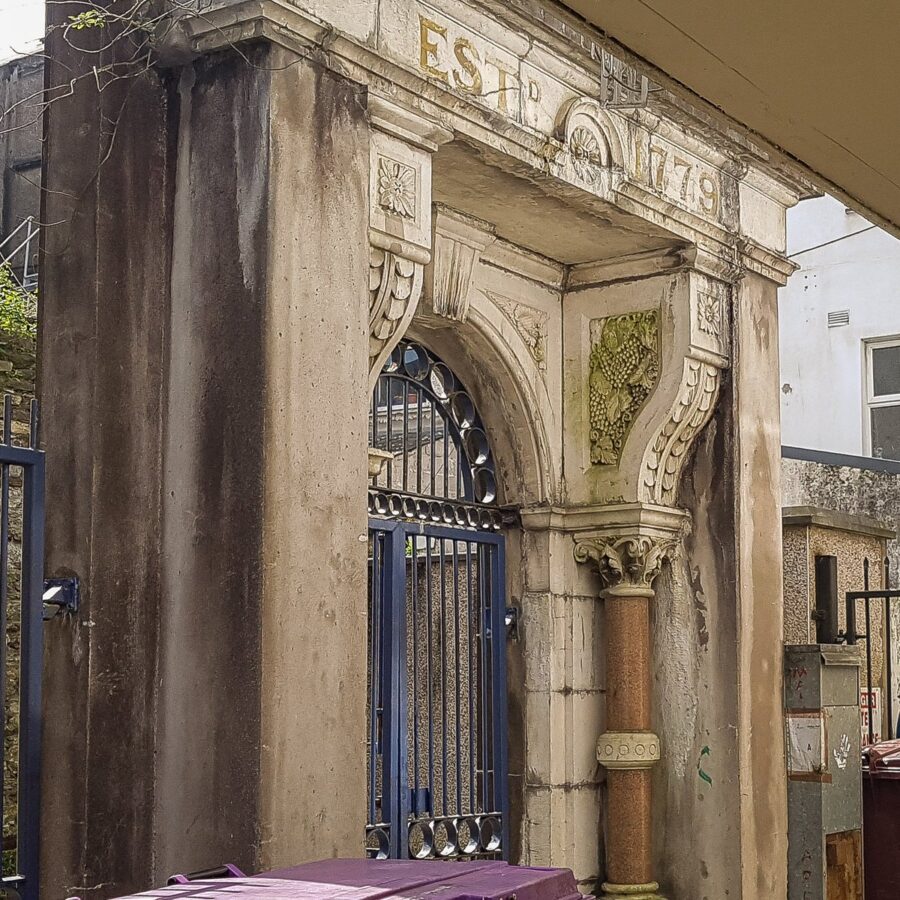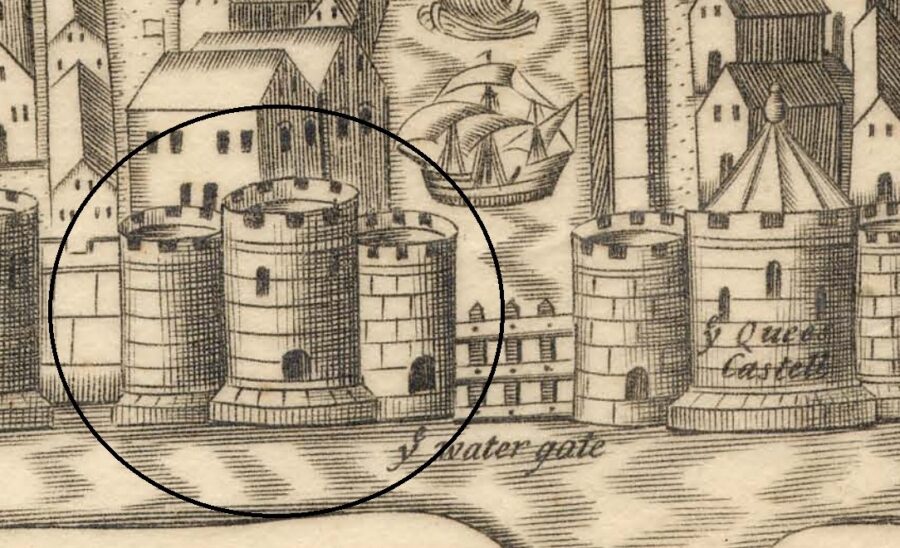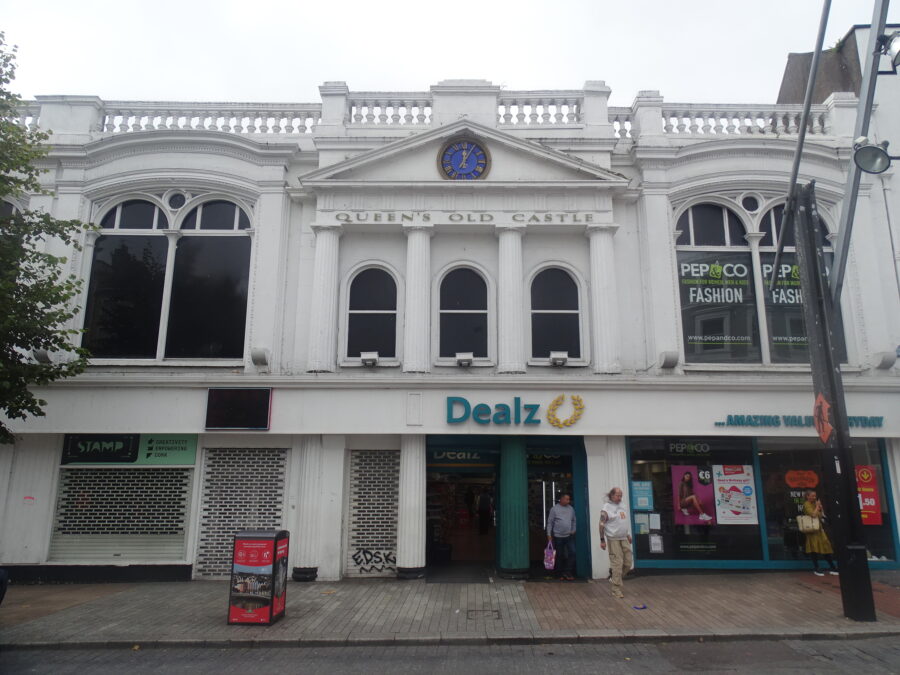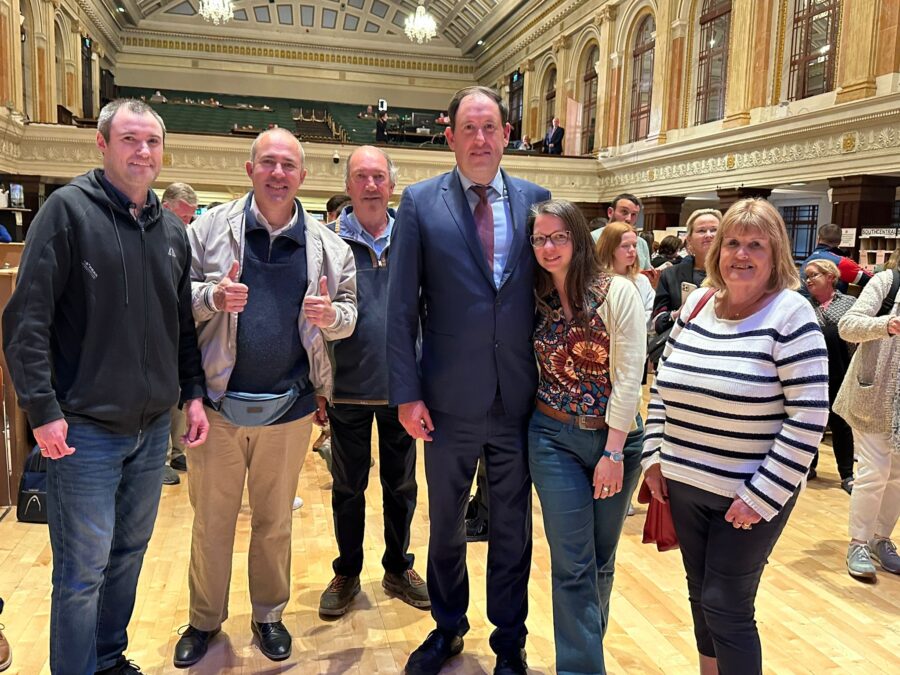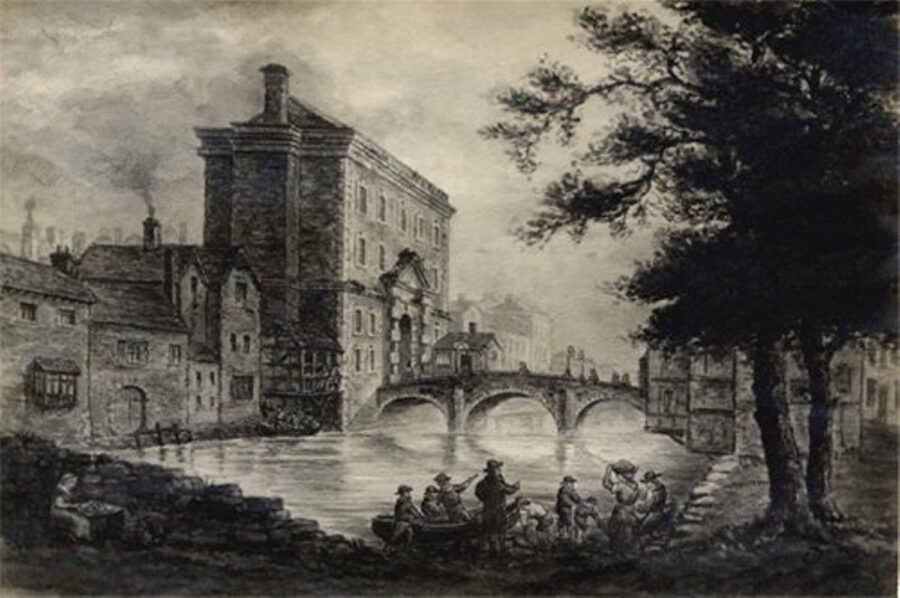
Kieran’s Our City, Our Town Article,
Cork Independent, 27 June 2024
Cork: A Potted History Selection
Cork: A Potted History is the title of my new local history book published by Amberly Press. The book is a walking trail, which can be physically pursued or you can simply follow it from your armchair. It takes a line from the city’s famous natural lake known just as The Lough across the former medieval core, ending in the historic north suburbs of Blackpool. This week is another section from the book.
Patriotism and Gerald Griffin Street:
Gerald Griffin Street was formerly called Mallow Lane. In 1832, Mallow Lane was renamed Clarence Street after the Duke of Clarence, who was an outspoken advocate of Catholic emancipation. Born in Limerick, Gerald Griffin (1803–40) was a poet, playwright and Irish novelist. In 1823, he emigrated to London and got a job as a reporter for one of the daily papers. He later turned to writing fiction. One of his most famous works is The Irish Collegians, which was written about the murder of the Colleen Bawn in 1820.
In 1838 Gerald joined the Christian Brothers at the North Monastery and burned all of his unpublished manuscripts. He died from typhus fever at the age of thirty-six. In November 1898, the motion of Cllr John O’Neil of Cork Corporation was accepted to change the name of Clarence Street to Gerald Griffin Street. Gerald Griffin has a street named after him in Limerick City and another in Cork City, Ireland. Loughill/Ballyhahill GAA club in west Limerick play under the name of Gerald Griffins.
Presentation Sisters Convent Site:
The Presentation Sisters Convent Complex is striking on Gerald Griffin Street. Nano Nagle opened her first school in 1754 with around thirty students. It was on Cove Lane, on what is now the site of Nano Nagle Place on Douglas Street. She was a great educator and believed education was the key to a better life for people. Within nine months she was educating 200 girls, and by 1757 she had opened seven schools – five for girls and two for boys.
Nano Nagle (1718–84) set up three small hovel schools in the north parish. The first was in Philpott-Curran Lane at the back of the cathedral presbytery and was the school for girls. The others were at the end of Shandon Street and strictly for boys. One was located on the left-hand side, at the very end of Shandon Street, an attic at the top of a four-storey house, while the other was on the little lane running at the side of where O’Connor’s Funeral Home now stands at the North Gate Bridge.
It was in the year 1799 that the Presentation Sisters came to live in the north parish. Bishop Moylan sent four ladies to South Presentation for training, and after taking their vows they returned to a Philpott Curran Lane. A local lady, Barbara Goold, had a second storey added onto her house and the sisters lived there while teaching hundreds of children until 15 January 1813.
The sisters needed a convent and a school and Bishop Moylan asked local priest Fr John England to take on the project. It took a long time to find enough money to buy a site; they eventually purchased a site at Hill Grove Lane from the Tanning Yard.
The infant school was replaced in 1871 through a plan to enlarge the schoolrooms and facilities. It was formerly opened on 16 January 1872. It was designed by Sir John Benson and built by Edmund and Peter O’Flynn. It is now disused. A modern Presentation School stands nearby.
As well as a school, a presentation convent and chapel were built. The chapel, which is said to date between 1820 and 1830, is thought to be the work of Presentation Brother and architect Revd Michael Augustine Riordan, who was also involved in the Ursuline Convent in Blackrock. To the north is the four-storey convent building, built c. 1830. The present primary school was built in 1965–67 and the old building was then used as a secondary school until the group moved to Farranree in 1976.
Madden’s Buildings:
The Artisans and Labourers Dwellings Improvements Acts of 1875 and the Housing of the Working Classes Act of 1890 detailed the importance of eradicating tenement or slum housing. At that time no significant financial aid was available to carry out large-scale clearance.
However, Cork Corporation did make an effort. In 1886, new houses were built in Blackpool on the site of an old cattle market. A total of seventy-six houses were planned and built comprising a kitchen, front living room and two overhead bedrooms. The contractor was Edward Fitzgerald and by the end of 1886 they were ready for occupation.
Named the Madden’s Buildings after the mayor of the time, Paul Madden, these new houses were to set the scene for a further three housing schemes before the turn of the 1900s. These comprised of Ryan’s Buildings, built in 1888 (sixteen houses), the Horgan’s Buildings in 1891 (126 houses) and the Roche’s Buildings in 1892 (128 houses). All of these buildings are still lived in by a new generation of Corkonians.
Captions:
1259a. Bust of Gerald Griffin located in North Monastery Secondary School (picture: Kieran McCarthy).
1259b. Maddens Buildings, present day (picture: Kieran McCarthy).

